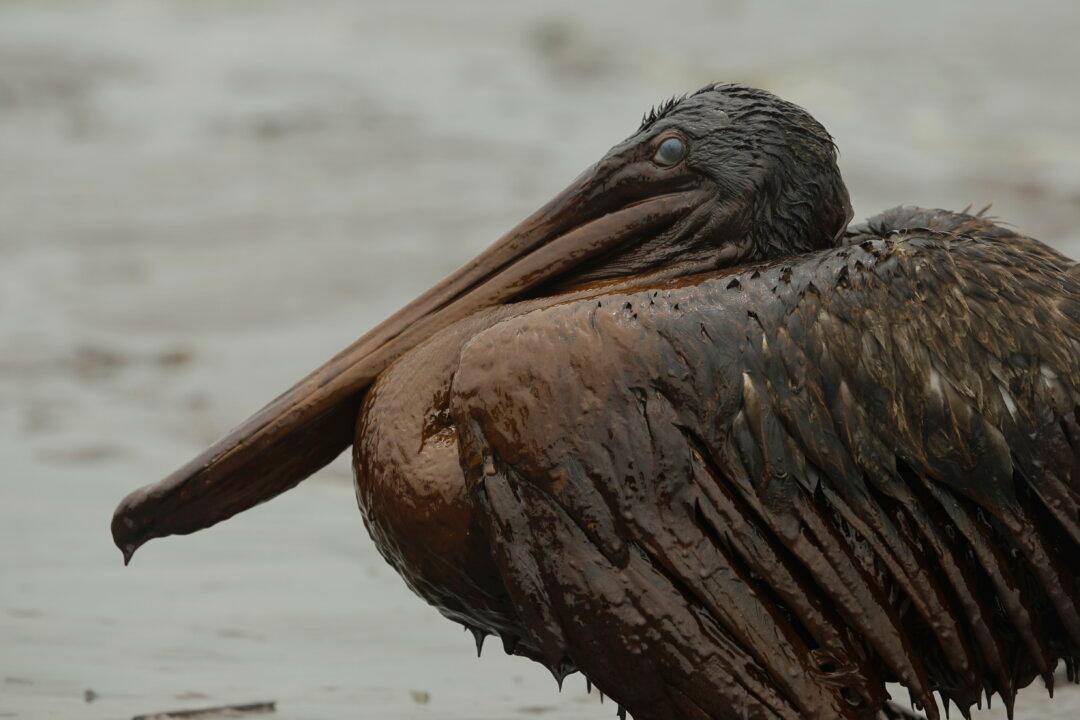In February and March, there have been four oil train derailments—in Illinois, Canada, and West Virginia—spilling gallons and gallons of oil into nearby waterways and on shores.
Cleaning Up Massive Oil Spills, How Do They Do It?
The old adage “oil and water don’t mix,” is sometimes a good thing when it comes to getting rid of crude oil in vital waterways.

A Brown Pelican sits on the beach at East Grand Terre Island along the Louisiana coast after being drenched in oil from the BP Deepwater Horizon oil spill on June 3, 2010. AP Photo/Charlie Riedel

Arleen Richards
NTD News Legal Correspondent
|Updated:



